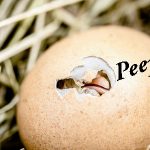
Chicks, ducklings, and babies of other barnyard birds are precocial, meaning they are able to feed themselves almost from the moment of hatch. Precociality is the reason why chicks peep before hatching. The word precocial comes from the Latin word praecox, meaning early to mature. A fancier word for precocial is nidifugous — from the […]
Continue Reading
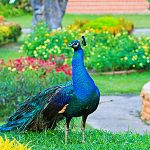
Once you have weighed the pros and cons of keeping peafowl, and have decided the pros outweigh the cons, you are ready to embark on your peafowl-raising venture. To help you get started, here are six tips for raising peafowl. Brooding Peachicks House peachicks in a brooder until they grow enough to stay warm on […]
Continue Reading
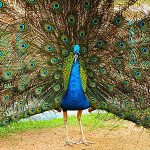
Peafowl (Pavo cristatus) are large, attractive birds that originated in India and Sri-Lanka. They are about the same size as turkeys (Meleagridis gallopavo), to which they are closely related. The term peafowl denotes the species. The male is a peacock, the female is a peahen. The babies are peachicks. Like everything in life, raising peafowl […]
Continue Reading
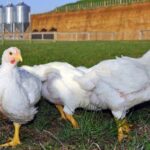
- Jumbo Cornish Cross – Sold as Baby Chicks Only – No Sexing Available
Seasonal/Shipped Feb thru September
Continue Reading
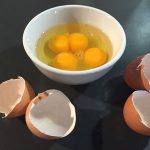
In the normal course of events, two yolks appear in approximately 0.1% of eggs laid, or about one in every 1,000. So why are we lately hearing so much about those rare double yolk eggs? And what causes double yolk eggs in the first place? Causes of Double Yolkers A double yolk egg occurs while […]
Continue Reading

An egg’s internal qualities cannot be determined by looking at the outside of the egg. Detecting such things as blood spots, double yolks, hairline cracks, and thin shells requires candling the eggs. Candling means examining the contents of an egg by placing it against a bright light. It’s called candling because the bright light was […]
Continue Reading
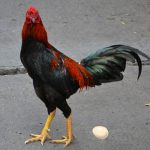
The earliest documented instance of a “rooster” laying an egg occurred in Basel, Switzerland, in 1474. The “rooster” was sentenced to death for the “unnatural crime of laying an egg.” A similar event took place, again in Switzerland, in 1730. In the United States, in 1922 a brown Leghorn “rooster” in Madison, Wisconsin, began laying […]
Continue Reading
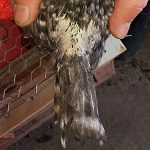
A chick’s baby feathers are delicate and vulnerable while the bird grows a complete set of adult plumage. Until then, unsightly feather loss in baby chicks may be caused by rubbing or picking. Sequential Molting When a chick reaches the age of three and four weeks, its body feathers grow and fill out. By the […]
Continue Reading
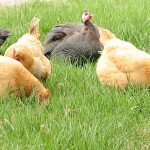
If you would wonder what the word poultry means, you might think first to look in the American Poultry Association’s Standard of Perfection. At the front of the book is a glossary covering 8-pages of terms from “A.O.C.” to “yearling,” but no “poultry.” So, what is poultry? Definitions of Poultry Even though the Standard doesn’t […]
Continue Reading

If your poultry flock experiences a health issue, suddenly all those little details you thought you’d never forget, but now you can’t quite remember, become immensely important. In such an event, you’ll be happy you previously understood the importance of keeping a flock history and took a few moments to write down incidents as they […]
Continue Reading










